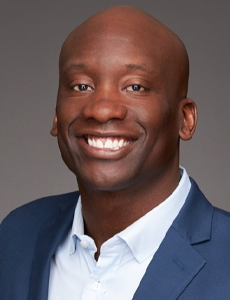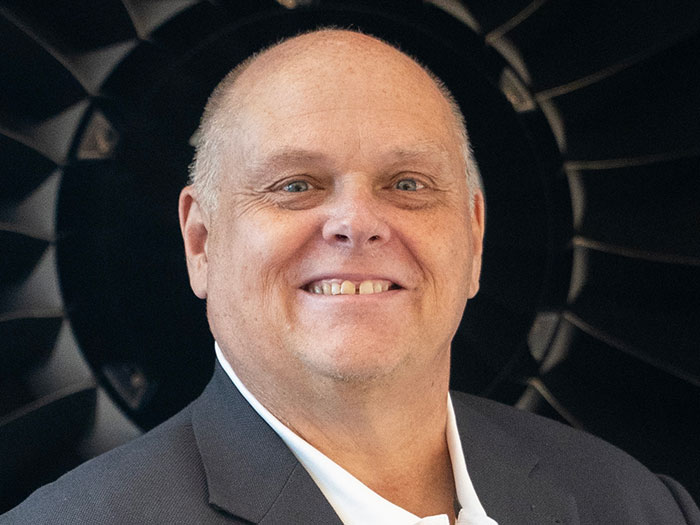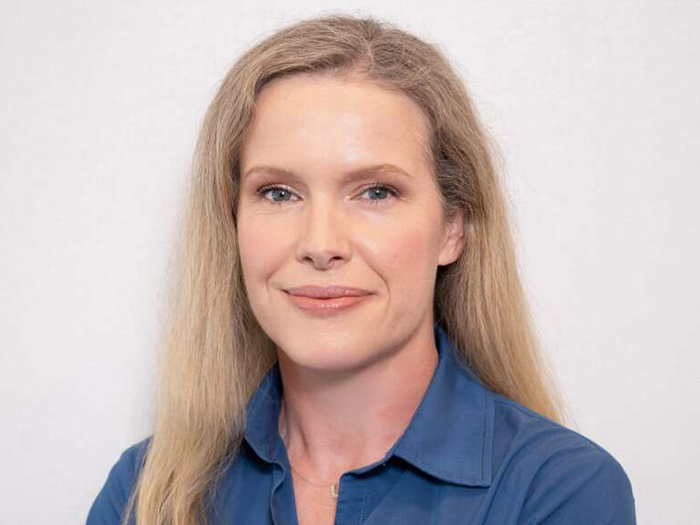Flood of Change: Four Key Insights into Private Flood Insurance Underwriting

New models and new processes for underwriting and quoting private flood insurance are helping insurers and brokers address the emerging risk of un- and underinsured properties, particularly businesses and high-value homes.
Floods have cost taxpayers more than $850 billion since 2000, according to Chubb, one of the major carriers writing private flood insurance in the United States.
Chubb conducted a survey in November 2023 that found more than 85% of U.S. companies mistakenly think property insurance covers flooding. Further, 45% of U.S. brokers say clients don’t even ask for a quote.
Part of the problem is inconsistent terminology. The survey found a lack of consensus in flood definitions: 67% of organizations define flooding as overflowing water, 56% as heavy rainfall and 43% as surge/tidal waves. Also, more than three-quarters of the brokers surveyed believe that the organizations they represent have plans or measures in place to respond to or mitigate flood damage.
“Another big hindrance is the belief that private flood insurance is complicated to buy,” said Louis Hobson, senior vice president of flood insurance at Chubb North America. In contrast to other misconceptions, there is some truth to that, given the many factors in underwriting. The corollary is that it can also be complicated to sell.
Flood Coverage: What’s Available, What’s Changing
In response to that perception, Chubb recently put into use a new software system to streamline the process, making private flood coverage easier to sell and to buy.
“We saw an opportunity to grow the business. We spoke to agents about what is precluding growth,” said Hobson, “and they asked us to make the process less cumbersome. Since implementing the new system a month or so ago, agents are happy with it. They are producing three times their typical weekly quote volume.”
Owners don’t understand the risks, Hobson explained.
“There are many things that can create flood conditions. Wherever it rains, it can flood.” He reflected on some of the lessons of Hurricane Harvey in Houston, where neighborhoods that had not flooded badly in previous storms were inundated, in many cases because of changes in drainage patterns miles away.

Louis Hobson, senior vice president of flood insurance, Chubb North America
“That is true on a broad level, but also property by property,” Hobson said. “If your neighbors widen their driveway, that could change the drainage pattern, funneling floodwater toward your home.”
Chubb writes traditional flood coverage as well as policies that include mudslides and other associated perils. Underwriting includes risk characterization of the structure, property and surrounding areas, flood maps generated by the Federal Emergency Management Agency (FEMA), and internally generated maps and models.
“Advanced models have made the private flood world much more sophisticated,” said Norman Heinrich, CEO of Tokio Marine Highland, a large underwriting agency. He joined the firm in 1995, when it was Wilshire National Corp., to build a private flood insurance business.
There is plenty of capacity, he explained. “There are something like 150 private flood markets in the U.S. And reinsurers like flood. They have become very smart.”
Part of that is being more selective.
“Both individual carriers and reinsurers have started to restrict coverage in areas like Florida, as well as in some parts of California prone to mudslides.”
Heinrich concurred that owners don’t buy flood insurance either because they may not be required to or because they don’t think they need it. However, he added, “there is significantly more coverage than at any time previously. Owners of high-value homes are very risk-oriented, and these are important clients for brokers.”
At the underwriting level, he added, “policy language has been significantly enhanced recently, making it more attractive to buyers.”
It also helps that the embattled National Flood Insurance Program (NFIP) is being updated. “They are trying to be more risk-rating oriented,” Heinrich said. “It’s a very complex process, and they won’t get there any time soon, but we want them to do well.”
In April 2023, the Department of Homeland Security submitted to Congress 17 legislative proposals to reform the NFIP.
“Since the NFIP’s last multi-year reauthorization expired in 2017, the program has experienced 29 short-term extensions, including three brief lapses,” according to FEMA. “The frequent short-term extensions are disruptive and cause existing and potential policyholders to lose confidence in the NFIP as a reliable insurance program.”
Some high-net-worth individuals are self-insured, said Matt Sontag, chief claims officer for HUB Private Client, one of the major brokerages placing coverage in private flood.
“We always try to sell flood coverage, and in many cases we ask the client to sign off that they have declined coverage.”
Part of the complication of selling, buying and underwriting is the variation of interpretations for terms including dominant cause and proximate cause, Sontag explained. “Different states have different rules,” he said. For example, wildfires in California left hillsides without vegetation, and when heavy rains caused mudslides months later, the losses were covered as fire claims. One frustration for underwriters and brokers is that private flood coverage is not expensive.
“It’s actually very cost-effective protection,” said Sontag. That is especially true for newer construction. “I’ve seen a clear delineation between new and older structures,” Sontag said. “New buildings are more resilient, from their elevation to the materials of construction. Modern building codes have proven themselves.”
In a small irony, that resilience may feed into owners’ beliefs that they don’t need flood insurance.
“We try to play a true advisory role and educate clients,” said Sontag. “We assess structures and grounds, and counsel them about types of coverage.”
The Chubb survey found that a majority of brokers — 62% — say climate change has increased interest in the coverage: “The consensus is that the commercial flood market will continue to grow.”
That growth will be driven mostly by four main factors: “increasing awareness that property insurance does not cover most flood damage; an increasing number of catastrophic floods; increasing awareness of climate change-related risks; and an increasing number of people living and working in high-risk areas.” &








